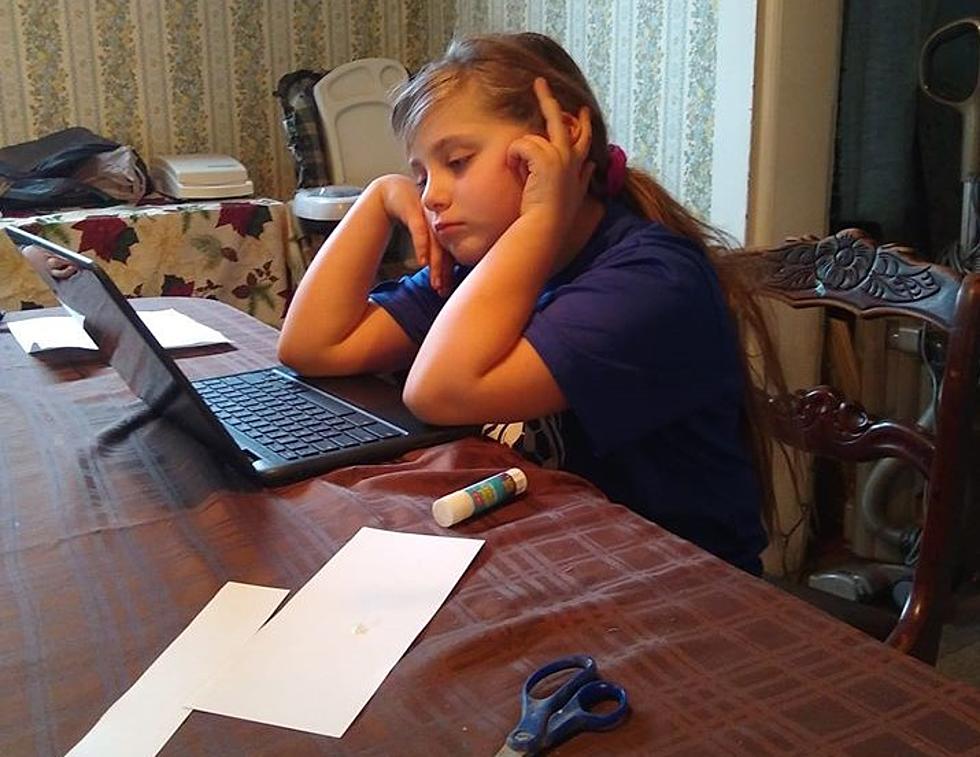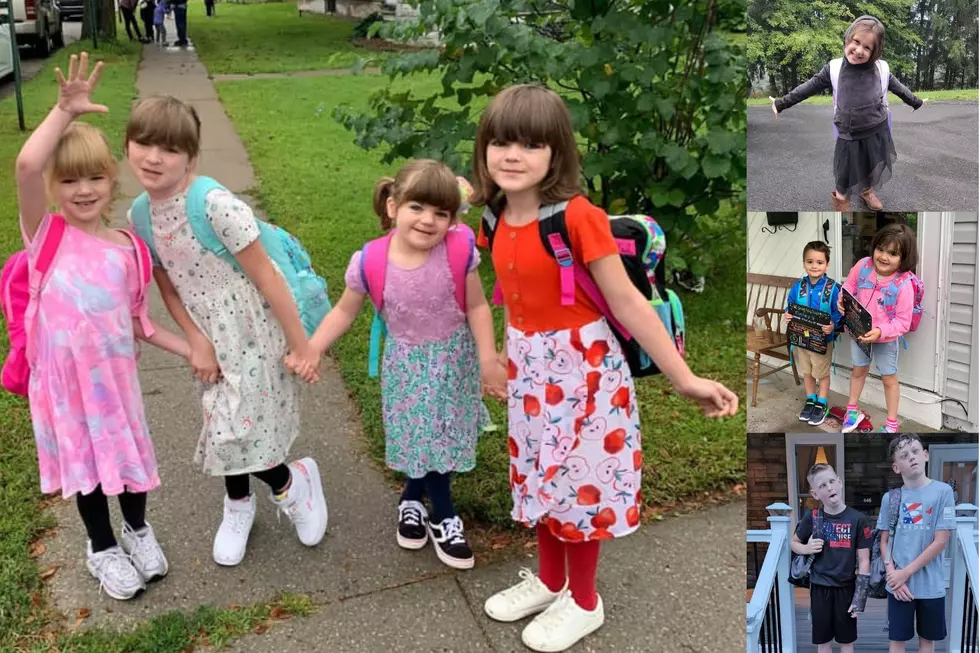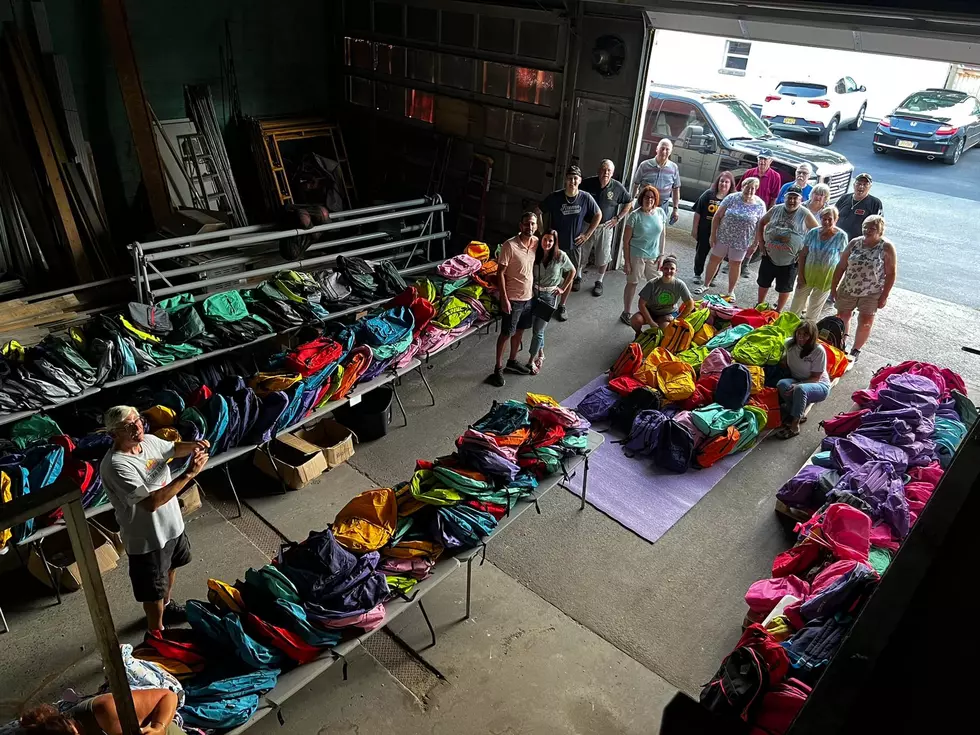
CDC Provides Back to School Planning Checklist
For many families, back to school planning will look different this year. Whether it's virtual learning or in person class; the CDC has provided checklists to help plan and prepare for the upcoming school year.
Planning for In-Person Classes
It will be important for families to emphasize and model healthy behaviors at home and to talk to your children about changes to expect this school year.
- Check your child each morning for signs of illness. If your child has a temperature of 100.4 degrees or higher, they should not go to school.
- Make sure your child does not have a sore throat or other signs of illness, like a cough, diarrhea, severe headache, vomiting, or body aches.
- If your child has had close contact to a COVID-19 case, they should not go to school.
- Review and practice proper hand washing techniques at home, especially before and after eating, sneezing, coughing, and adjusting a mask or cloth face covering. Make hand washing fun and explain to your child why it’s important.
- Be familiar with how your school will make water available during the day. Consider packing a water bottle.
- Develop daily routines before and after school—for example, things to pack for school in the morning (like hand sanitizer and an additional (back up) mask) and things to do when you return home.
- Be familiar with your school’s plan for how they will communicate with families when a positive case or exposure to someone with COVID-19 is identified and ensure student privacy is upheld.
- Plan for possible school closures or periods of quarantine. If transmission is increasing in your community or if multiple children or staff test positive for COVID-19, the school building might close. Similarly, if a close contact of your child (within or outside of school) tests positive for COVID-19, your child may need to stay home for a 2-week quarantine period. You may need to consider the feasibility of teleworking, taking leave from work, or identifying someone who can supervise your child in the event of school building closures or quarantine.
- If your child rides a bus, plan for your child to wear a mask on the bus and talk to your child about the importance of following bus rules and any spaced seating rules. If carpooling, plan on every child in the carpool and the driver wearing masks for the entire trip.
Masks
The CDC recommends having multiple masks, so they can be washed daily and there are back-ups ready. Choose masks that:
- Fit snugly but comfortably against the side of the face
- Completely cover the nose and mouth
- Are secured with ties or ear loops
- Include multiple layers of fabric
- Allow for breathing without restriction
- Can be washed and machine dried without damage or change to shape
- Label your child’s masks clearly in a permanent marker so they are not confused with those of other children.
- Practice with your child putting on and taking off cloth face coverings without touching the cloth.
Virtual Learning
Going back to school virtually may pose additional challenges with staying connected to peers, since students may have less frequent or no in-person interactions to each other. The CDC says you may want to consider the following:
- Create a schedule with your child and make a commitment to stick with it. Structure and routine can greatly help your child from falling behind with assignments. Discuss your family’s schedule and identify the best times for learning and instruction, as well as family-oriented physical activity, such as walks outside. A family calendar or other visuals could be useful for keeping track of deadlines and assignments.
- Try to find a space where you live that’s free of distractions, noise, and clutter for learning and doing homework. This could be a quiet, well-lit place in your dining room or living room or a corner of your home that could fit a small table, if available.
- Identify opportunities for your child to connect with peers and be social—either virtually or in person, while maintaining physical distance.
- Ask if the school will offer virtual or socially distanced physical activity. If not, identify ways to add physical activity to your child’s daily routine.
- If your child participates in school meal programs, identify how your school district plans to make meals available to students who are learning virtually at home.
The CDC has provided a number of resources to help navigate stress and uncertainty and to build resilience for you and your children heading into the school year.
KEEP READING: 50 activities to keep kids busy this summer
More From Big Frog 104









